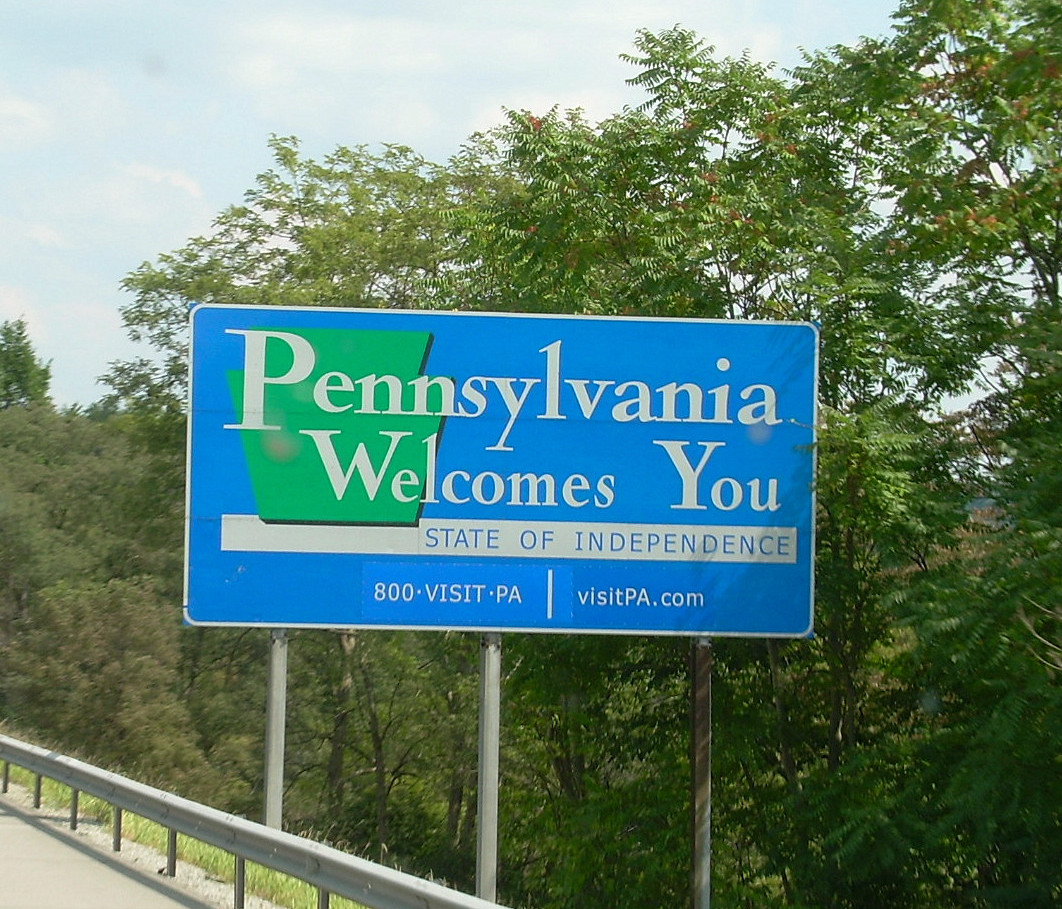Enrollment and infrastructure challenges continue to put pressure on the 65,000-student, five-campus University of Massachusetts, where enrollment gains over the last 20 years have pretty much evaporated.
During a UMass Board of Trustees Administration and Finance Committee on Wednesday, university officials said enrollment is up this year by a scant 0.1 percent across its campuses and acknowledged a big gap in funding for needed infrastructure repairs and upgrades.
Over the past 20 years, the average annual enrollment growth rate at UMass has steadily declined.
From fiscal 2006 to fiscal 2010, it was 3.5 percent. It dropped to 2.3 percent for fiscal years 2011-2015, and 1.2 percent for fiscal 2016-2020. And while annual enrollment is up a smidgen this year, average enrollment is estimated to drop by 0.3 percent for the fiscal 2021-2025 period, according to slides presented at the meeting.
“As we cross into the new fiscal year, enrollment continues to be a top risk for university,” committee Chair Michael O’Brien, a 1988 UMass Amherst graduate, said. “I’d be remiss if I did not say we need to take advantage of our system-ness and continue to innovate on enrollment strategies to preserve our market share.”
UMass President Marty Meehan said the demand for a UMass education “remains strong” but noted the significant demographic challenges facing universities across the nation as the population of high school graduates continues to decline, “especially in the Northeast.”
“We’ve seen it not only with the non-elite privates, we’ve also seen it with the community colleges — enrollment is down significant over the last decade, as well as the state universities. At UMass, we’ve done much better, but like every university we’re looking at these challenges, and if those challenges are left unmanaged, they’d have the potential to challenge our university as well.”
University officials expressed optimism about an “admissions sharing” pilot program in which students who are unable to be admitted at UMass Amherst are steered toward possible admission at the Dartmouth or Lowell campuses.
“It’s a lot of work behind the scenes,” said UMass Amherst Chancellor Javier Reyes, applauding the program and noting the many phone calls and emails associated with applications and admissions.
Enrollment figures presented Wednesday showed 30,460 full-time students at UMass Amherst. Enrollment at UMass Boston has risen since fiscal 2022 and stands at 13,085, while enrollment at UMass Lowell has declined over the same period to 13,521. UMass Dartmouth has 6,604 students enrolled this fiscal year, and there are 1,425 students enrolled at the UMass Chan Medical School in Worcester.
At a UMass Committee on Academic and Student Affairs meeting, also held Wednesday, Meehan gave a presentation on enrollment that mainly touched on the diversity of the incoming class of 2028.
“Despite the United States Supreme Court decision last year overturning affirmative action in college admissions, UMass continues to educate a student body that is increasingly reflecting the diversity of our commonwealth. In fact, the class of 2028 is the most diverse in our university’s history,” he said.
Exactly half of the incoming class are students of color, up from 48 percent in fall 2023, according to UMass. At UMass Boston, the most diverse of the system’s campuses, 73 percent of class of 2028 members are students of color.
UMass Chan Medical School is accepting far more women than men — with 70 percent of its incoming class identifying as women.
In 2023, UMass identified a $4.8 billion backlog of deferred maintenance needs at its facilities and buildings, with $3.6 billion of that backlog assigned to academic buildings. The university did not receive any income surtax funding in the most recent cycle to address building needs and a top official said Wednesday that current spending rates won’t be enough.
“That’s a 10-year backlog number that we will not be able to address without support from the state,” Lisa Calise, senior vice president for administration and finance at UMass, told the Administration and Finance Committee.
Calise said the UMass president’s office and the UMass Building Authority are participating in a state higher education capital working group to assess future funding options for deferred maintenance at UMass and across the state’s public higher education network.
The university’s current capital plan includes 128 projects totaling $1.8 billion.
Administration and Finance Committee member Robert Epstein mentioned other area colleges that earned high rankings recently.
“We’ve got to try to improve the product itself” at UMass, Epstein said.
Meehan defended the product, which is more affordable than other colleges, and said UMass doesn’t have the same amounts of money to invest in campuses that universities may have when they charge students $80,000 or $90,000 per year.
UMass has a $4.3 billion budget. It received a $760 million appropriation in the new state budget. Student-sourced revenues account for 34 percent of university revenues, with the state appropriation at 27 percent, and grants at 19 percent. Its fiscal 2025 budget covers nearly 16,000 full-time equivalent employees, according to slides presented Wednesday.












